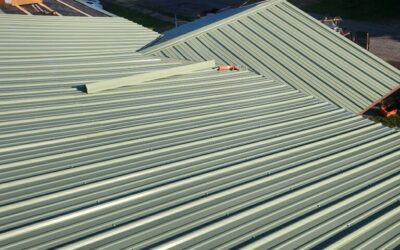When planning a roofing project, understanding the weight of roofing materials is crucial, especially when arranging for dumpster rentals for debris disposal. Accurate knowledge of shingle weights aids in selecting the appropriate dumpster size, ensuring compliance with weight limits, and optimizing disposal costs.
Understanding Shingle Types and Their Weights
Roofing shingles come in various types, each with distinct weights:
- Three-Tab Asphalt Shingles: These are traditional shingles, typically weighing between 45 to 60 pounds per bundle.
- Architectural Asphalt Shingles: Also known as dimensional or laminate shingles, they are heavier due to their layered construction, with weights ranging from 60 to 80 pounds per bundle.
- Slate Shingles: Known for their durability and natural appearance, slate shingles are significantly heavier, with bundles weighing over 300 pounds.
- Clay and Concrete Tiles: These materials are also heavy, with bundles weighing between 200 to 300 pounds.
citeturn0search5
Calculating Total Shingle Weight for Disposal
To estimate the total weight of shingles for disposal:
- Determine the Roof’s Square Footage: Calculate the area by multiplying the length and width of the roof.
- Calculate the Number of Squares: Roofing materials are often measured in “squares,” with one square covering 100 square feet.
- Estimate the Number of Bundles: Typically, three bundles cover one square.
- Calculate Total Weight: Multiply the number of bundles by the weight per bundle to get the total weight.
Example:
For a 1,500 sq ft roof using architectural asphalt shingles:
- Number of Squares: 1,500 ÷ 100 = 15 squares.
- Number of Bundles: 15 squares × 3 bundles/square = 45 bundles.
- Total Weight: 45 bundles × 70 pounds/bundle (average) = 3,150 pounds.
This estimation is vital for selecting an appropriately sized dumpster and understanding potential disposal costs.
Selecting the Appropriate Dumpster Size
Given the weight of roofing materials, choosing the right dumpster size is essential to avoid overage charges and ensure safe transportation. Dumpster sizes are typically measured in cubic yards, and common sizes for roofing projects include:
- 10-Yard Dumpster: Suitable for small roofing projects, typically accommodating up to 3 tons (6,000 pounds) of shingles.
- 20-Yard Dumpster: Ideal for medium-sized projects, handling up to 4 tons (8,000 pounds) of shingles.
- 30-Yard Dumpster: Appropriate for larger projects, with a capacity of up to 5 tons (10,000 pounds) of shingles.
- 40-Yard Dumpster: Designed for extensive roofing projects, capable of holding up to 6 tons (12,000 pounds) of shingles.
It’s important to note that exceeding the weight limit can result in additional fees. Therefore, accurately estimating the weight of your roofing materials is crucial. Consulting with your dumpster rental provider can provide more precise guidance tailored to your project’s specifics.
Best Practices for Roofing Debris Disposal
To efficiently manage roofing debris:
- Use a Roofing Dumpster: Renting a dumpster specifically designed for roofing materials simplifies disposal. These dumpsters are built to handle the weight and type of debris generated by roofing projects.
- Avoid Overfilling: Ensure that the debris does not exceed the dumpster’s sides, as overfilling can lead to additional charges and safety concerns during transport.
- Separate Materials When Possible: If your project involves multiple types of materials (e.g., shingles, underlayment, tiles), consider separating them. This practice can facilitate recycling and may reduce disposal costs.
- Consult Professionals: Engage with roofing contractors and waste management experts to plan the disposal process effectively. They can provide insights based on experience and help optimize your disposal strategy.
By understanding shingle weights and selecting the appropriate dumpster size, you can streamline your roofing project’s waste management, ensuring efficiency and cost-effectiveness.
For a visual explanation of shingle weights, you might find this video helpful:
 (440) 307-2060
(440) 307-2060

